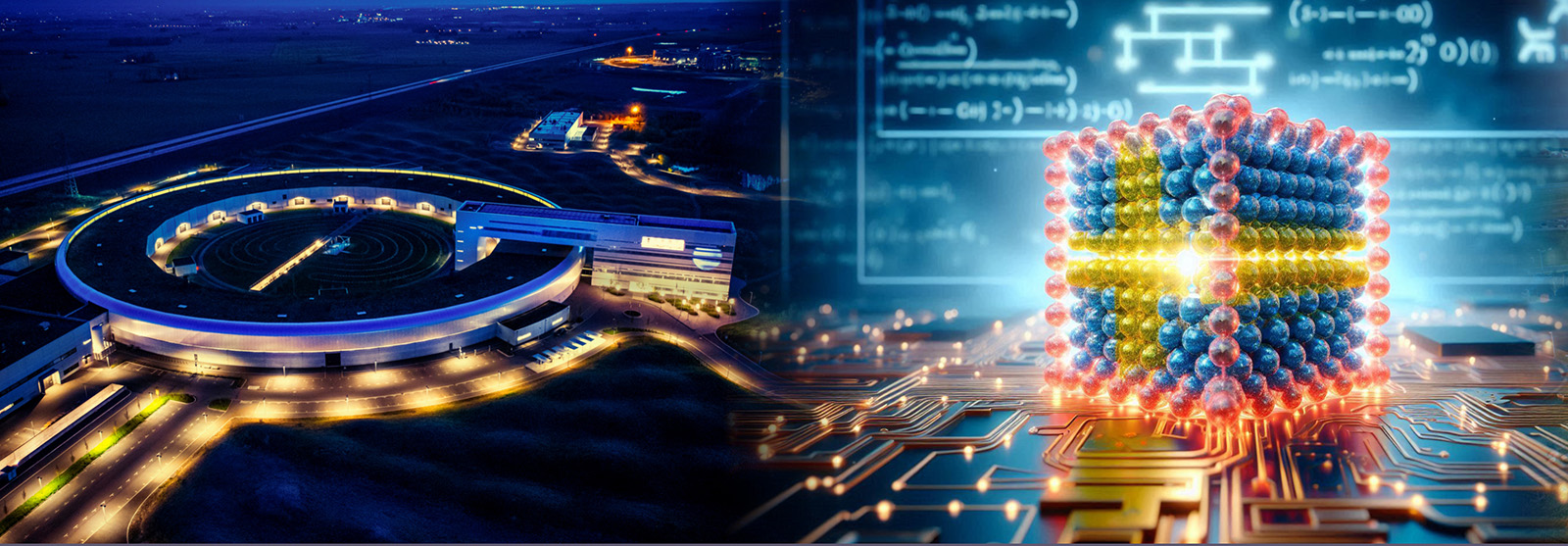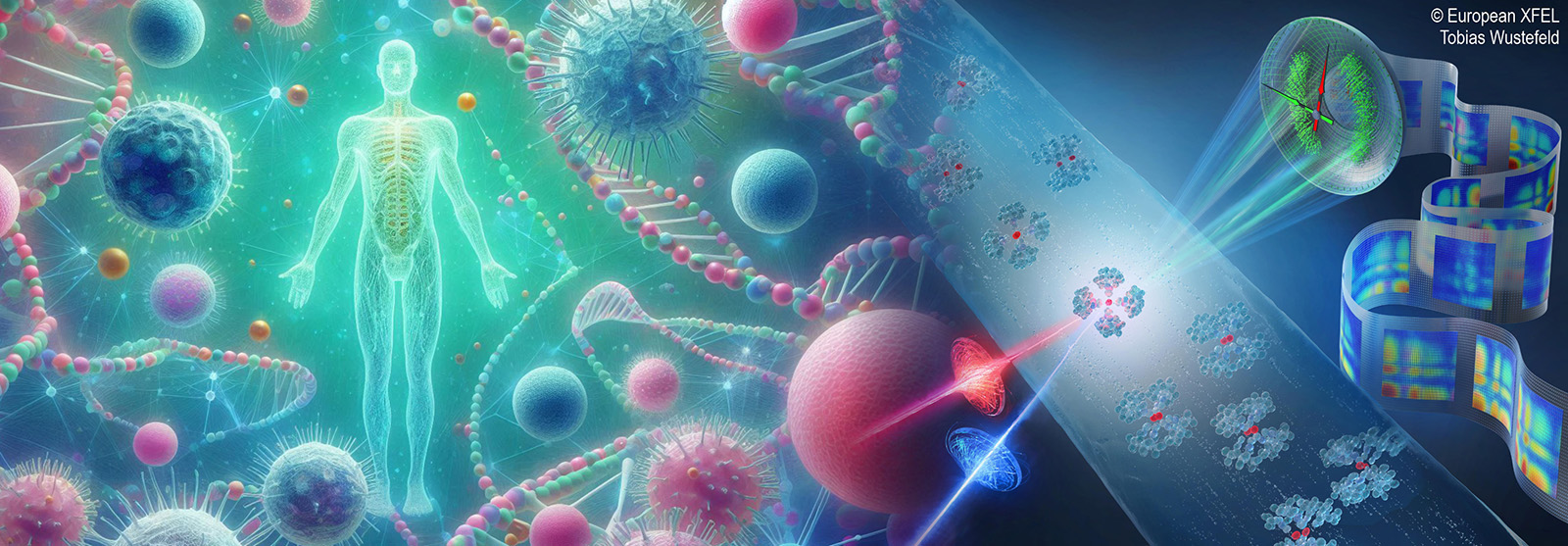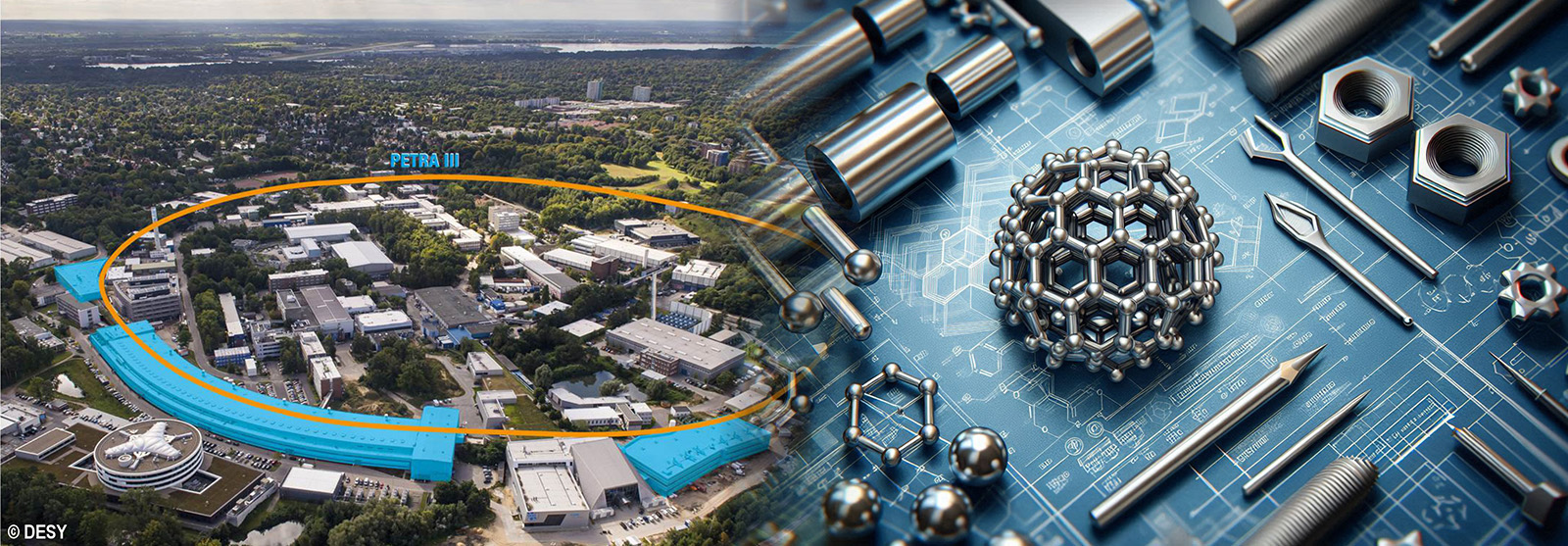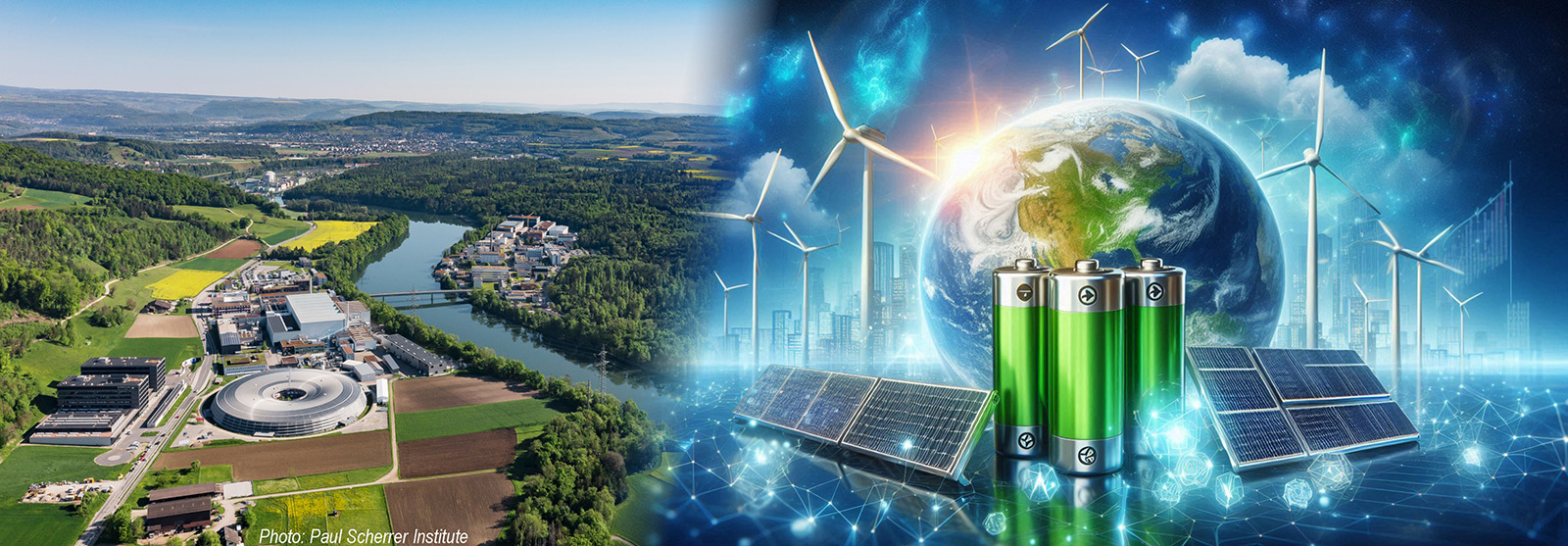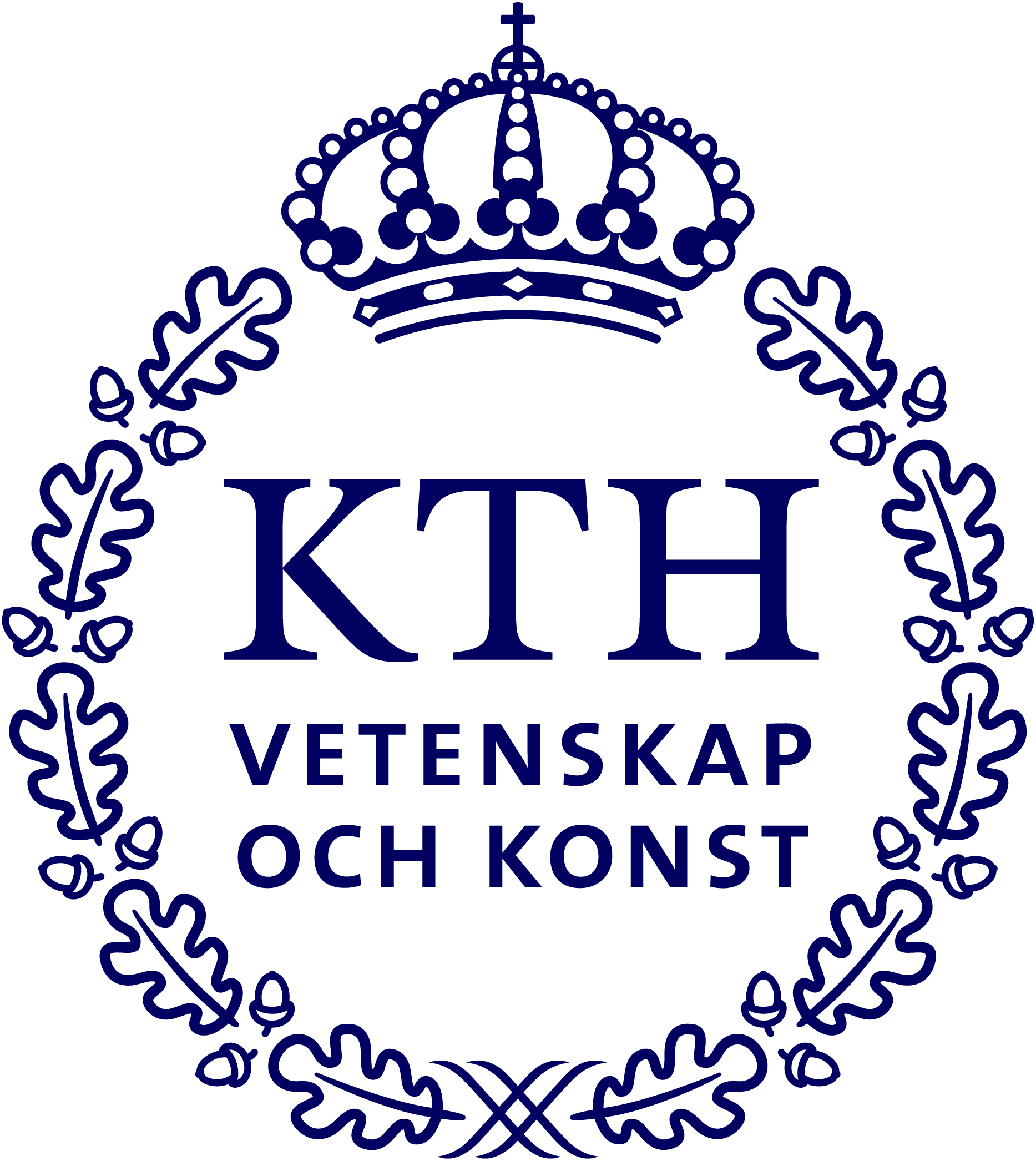Research Using Large-scale Experimental Facilities
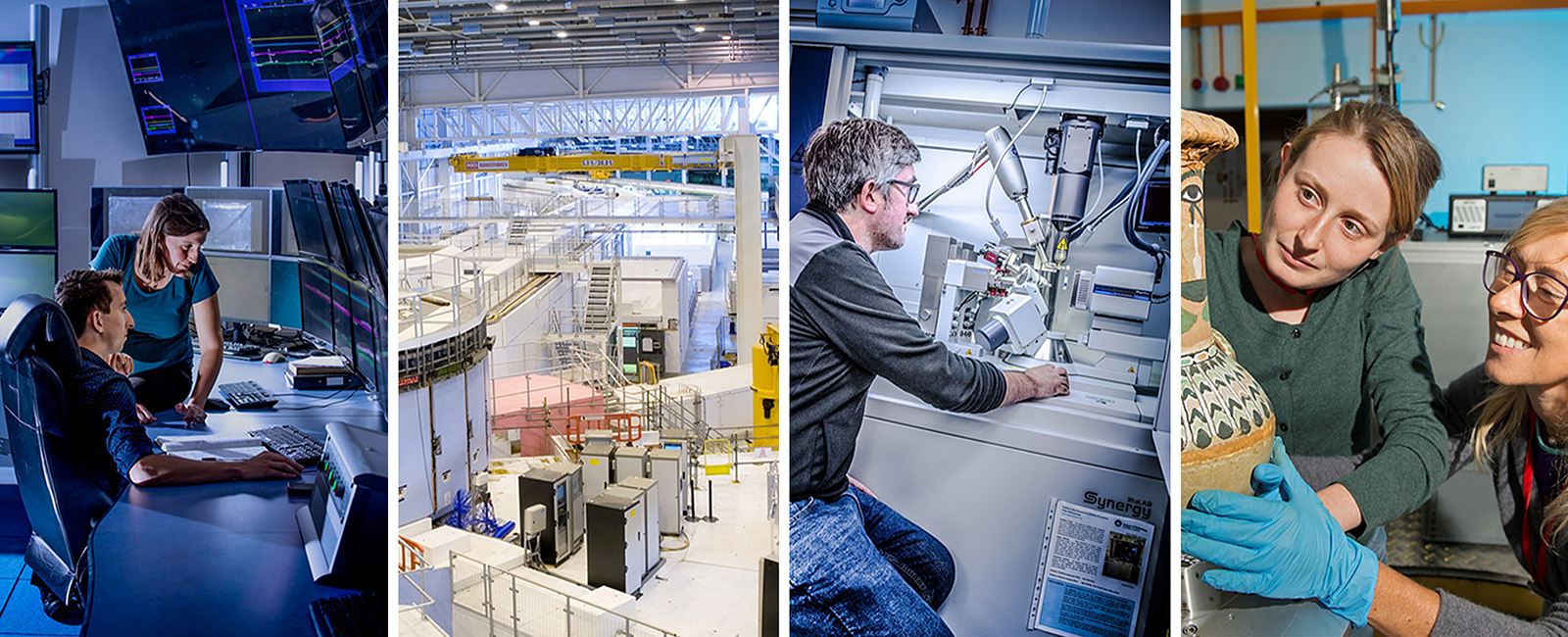
Large-scale research facilities — like synchrotrons, free-electron lasers, neutron sources, and muon labs — are giant scientific tools that help us look deep inside materials to understand how they work. They use powerful beams of light, particles, or radiation to reveal the structure and behavior of matter at the atomic and molecular scale.
Because of their size and complexity, large-scale research facilities are shared by scientists from around the world, allowing experts from many fields to collaborate and make discoveries that would be impossible in a regular laboratory. These facilities are used to study a wide range of topics. In quantum materials, for example, they help researchers see how electrons move and interact, which can lead to new technologies like faster electronics or better magnets. In life sciences, scientists use them to create detailed images of proteins and viruses, helping us understand how diseases work and how to design new medicines. Engineers also use these facilities to examine materials under stress, improving the design of airplanes, bridges, and medical implants.
When it comes to energy and sustainability, these powerful machines are key to developing better batteries, solar cells, and clean energy technologies. By letting scientists watch materials in action, they make it possible to design more efficient and eco-friendly systems. In short, large-scale research facilities are not just about big science—they are about making discoveries that improve everyday life and build a more sustainable future.
These advanced research methods can probe matter across a vast range of length and time scales—from the arrangement of individual atoms to the structure of whole materials, and from ultrafast reactions lasting femtoseconds to slow processes unfolding over hours or days. This versatility allows scientists to connect microscopic details with macroscopic behavior, providing a complete picture of how materials and systems function. This is schematically illustrated below by the range covered by different neutron scattering and imaging techniques.
Scientific applications
